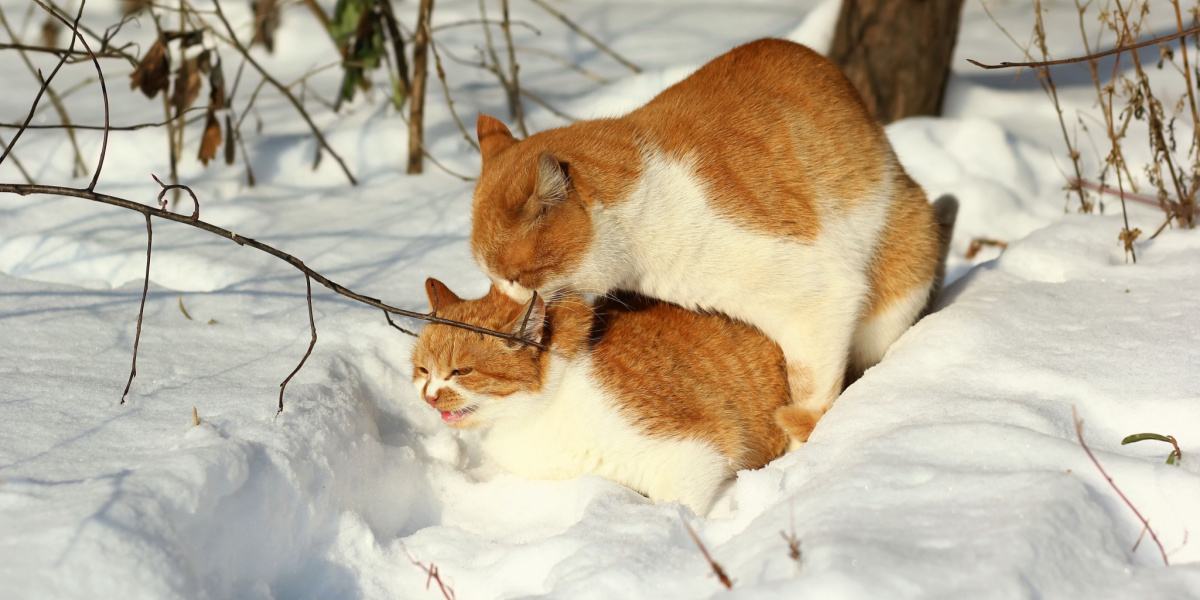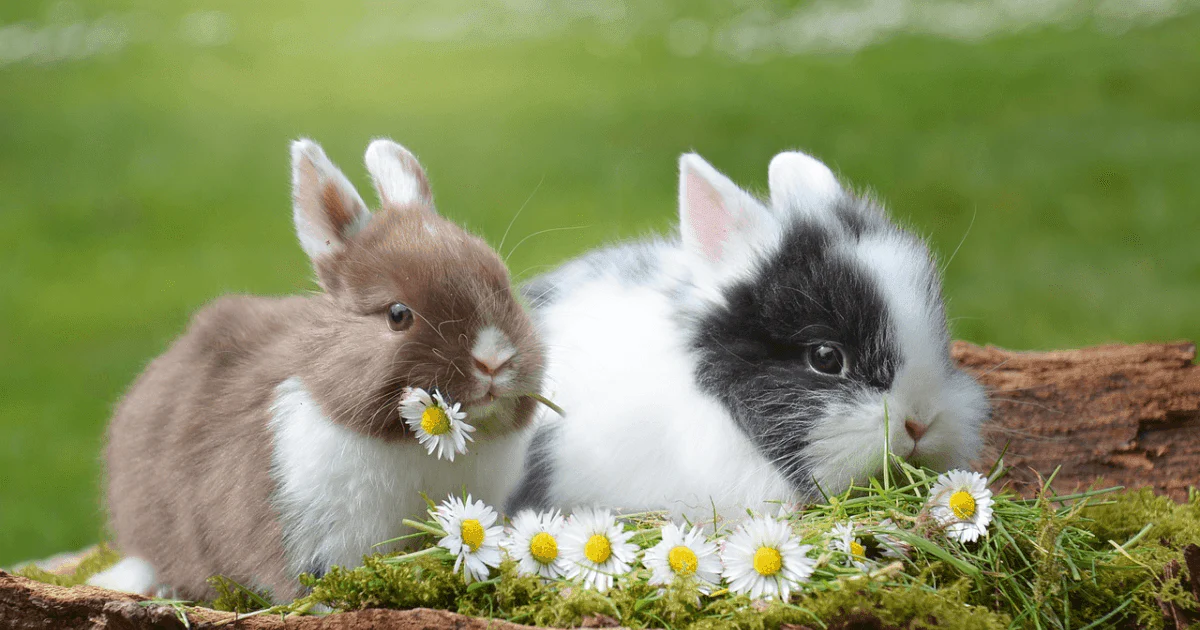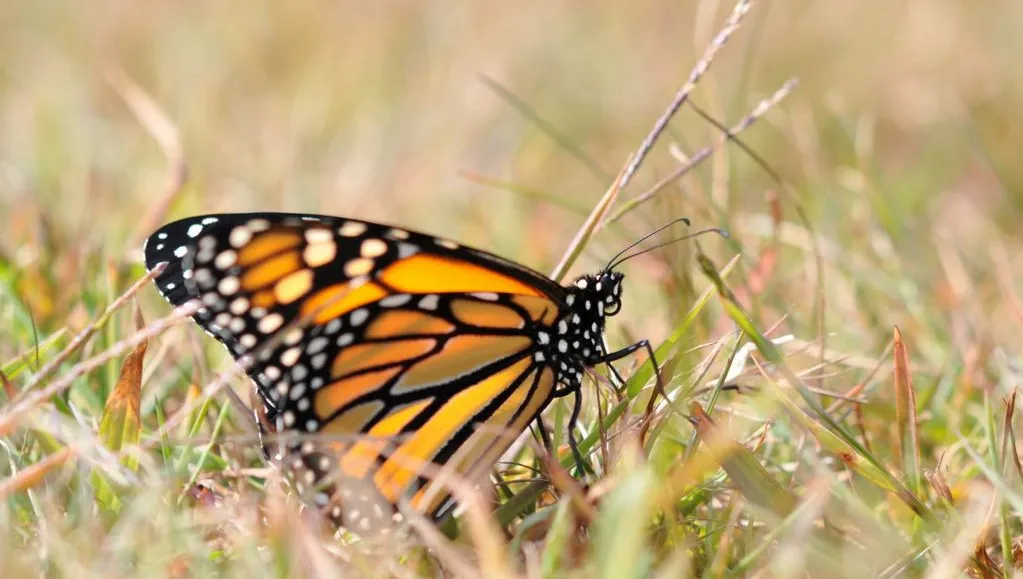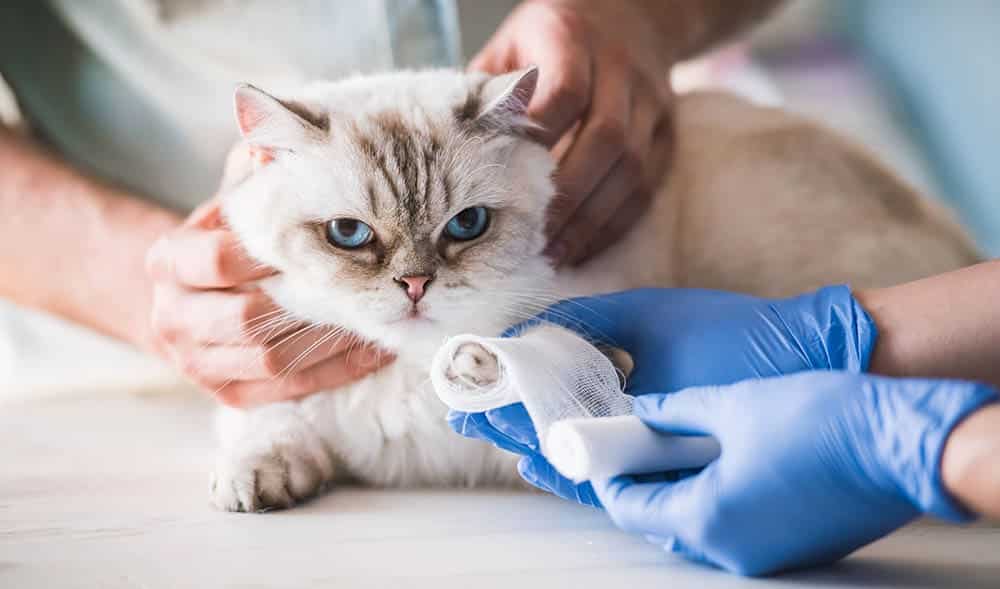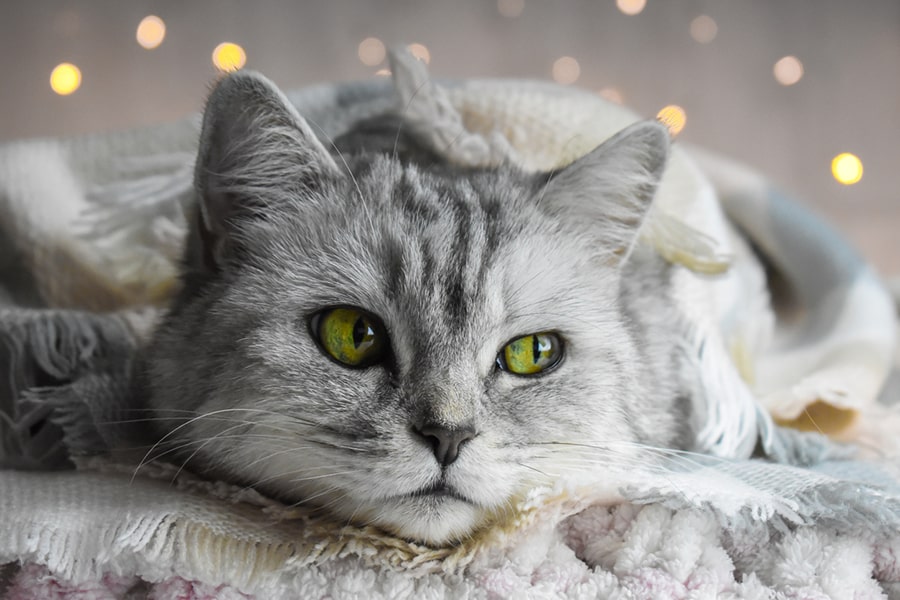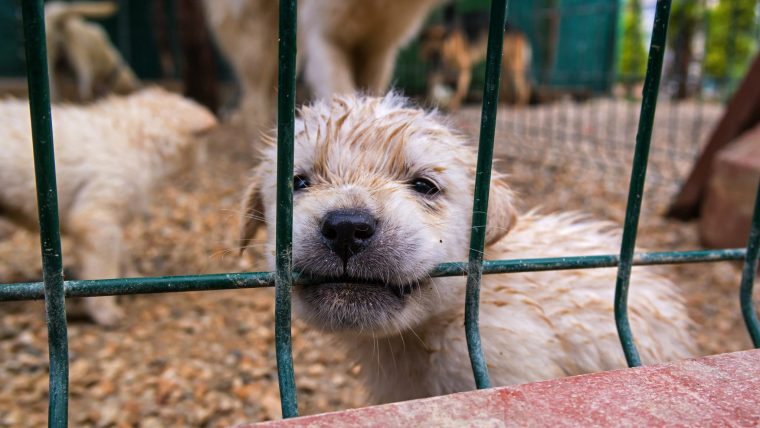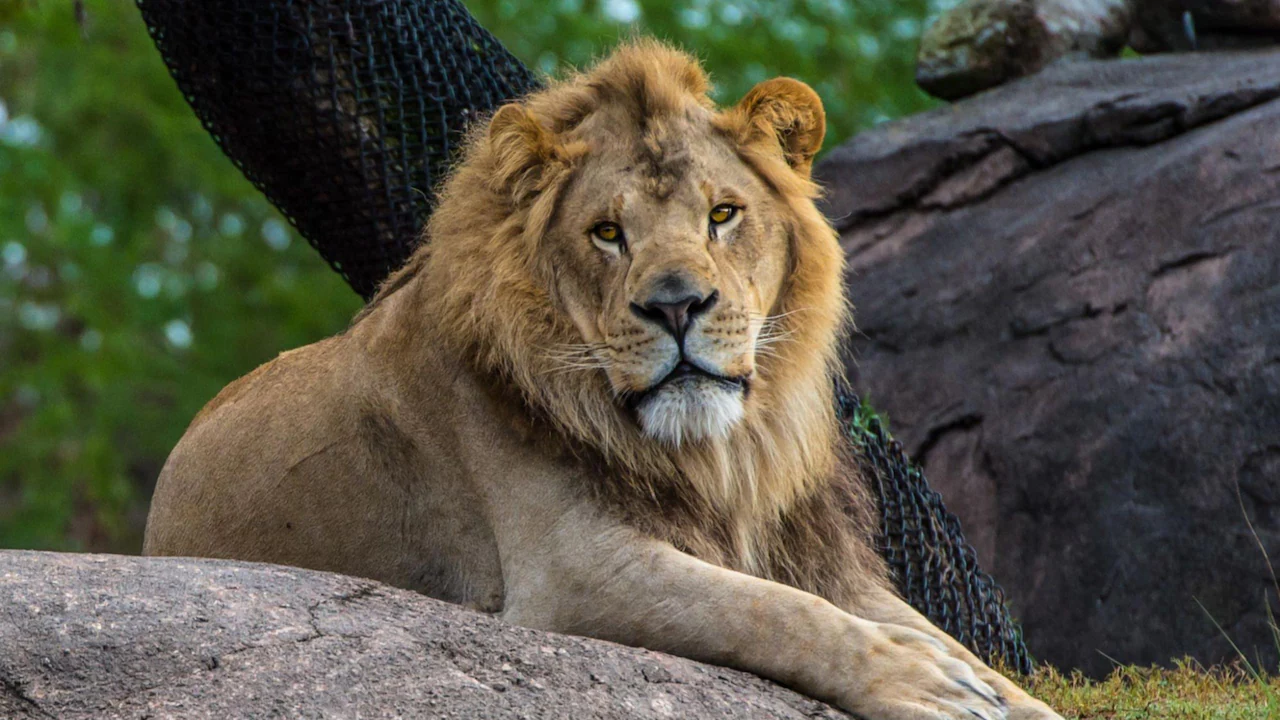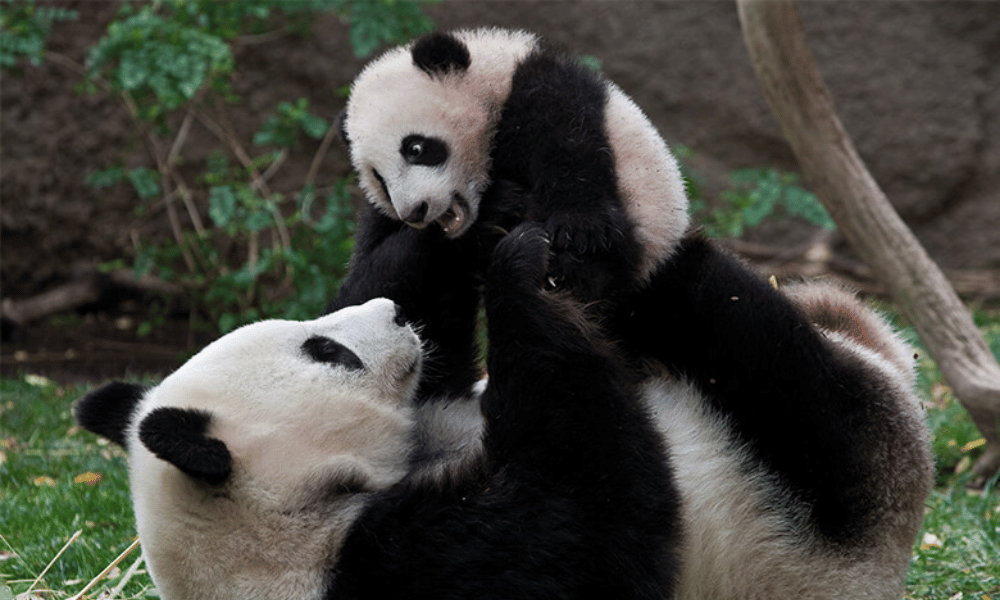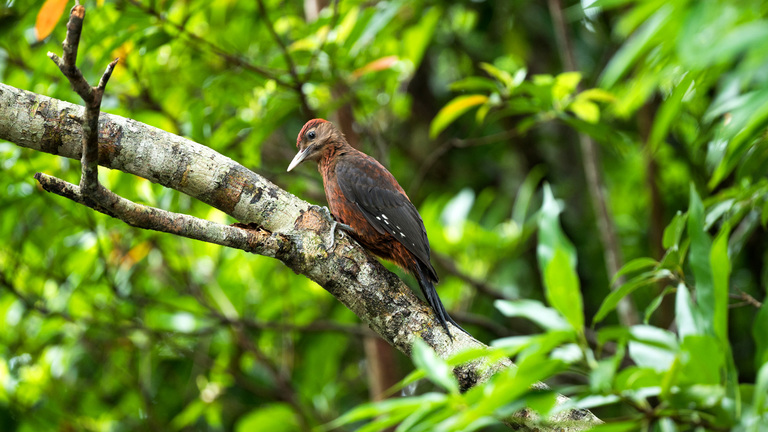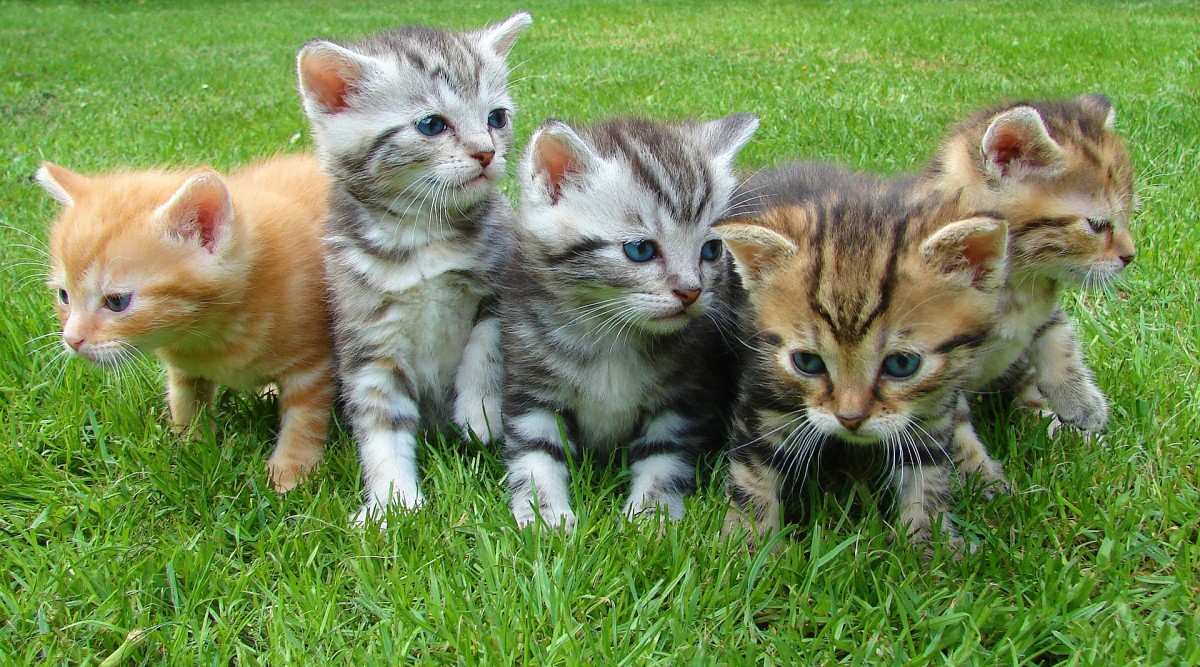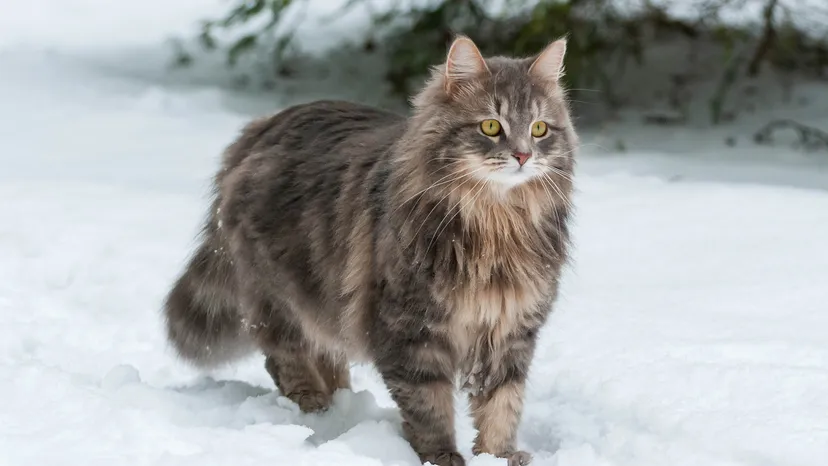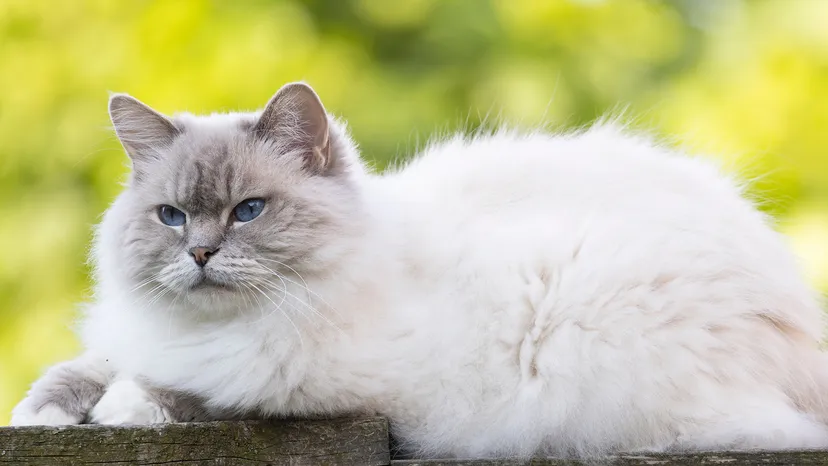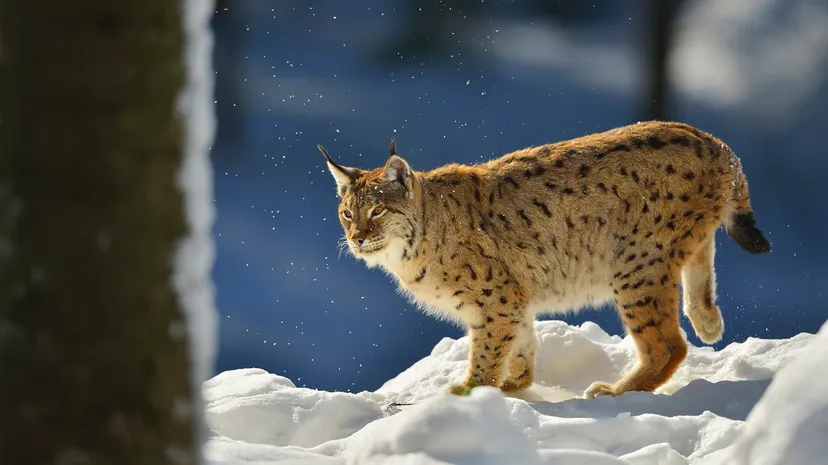When my cat, Luna, went into heat for the first time, her yowling and restless behavior had me both puzzled and amused—it was like she was auditioning for a feline opera. This led me to wonder: do cats actually enjoy mating, or is it purely instinctual? Exploring this question reveals a fascinating mix of biology, behavior, and instinct that shapes how cats experience reproduction. In this comprehensive guide, we’ll dive into the science and subtleties of feline mating, addressing whether cats find pleasure in it, the role of instinct, and how responsible pet owners can manage their cats’ reproductive behaviors.
The Basics of Feline Reproduction
Cats are driven by powerful biological instincts when it comes to mating, but whether they “enjoy” it in a human sense is complex. Their reproductive behaviors are primarily governed by hormones and survival instincts, not emotions like pleasure. Understanding this helps us better care for our feline friends.
What Is Feline Heat?
Female cats, or queens, enter estrus (heat) cycles, typically starting at 6–12 months of age. These cycles, driven by hormonal changes, make them receptive to mating. Luna’s first heat had her rolling on the floor and vocalizing loudly, signaling her readiness to any tomcat in earshot.
The Mating Process in Cats
Mating in cats is quick and intense, often lasting just a few seconds. The male’s barbed penis stimulates ovulation, which is why cats are “induced ovulators”—ovulation occurs only after mating. This process, while efficient, can look uncomfortable to us, raising questions about pleasure.
Do Cats Experience Pleasure During Mating?
Unlike humans, cats don’t seem to experience mating in terms of emotional or physical pleasure. Their behavior is driven by instinct to ensure species survival. However, certain physical responses suggest some level of stimulation, though it’s not equivalent to human enjoyment.
Instinct vs. Pleasure
Veterinary studies, like those from Cornell University, indicate that feline mating is primarily instinctual. The queen’s behavior during heat—rubbing, purring, and presenting—is hormonally driven, not a conscious pursuit of pleasure. Watching Luna, I realized her actions were more about biology than bliss.
Physical Responses in Queens
During mating, queens may vocalize loudly or appear agitated due to the male’s barbed penis, which causes discomfort to trigger ovulation. A 2019 study in Journal of Feline Medicine and Surgery notes that this discomfort is brief, and queens quickly resume normal behavior. It’s less about enjoyment and more about a biological reflex.
Male Cat Behavior
Tomcats, driven by testosterone, are relentless in seeking mates, often fighting rivals or roaming far. Their urgency suggests a strong drive, but there’s no evidence they experience mating as pleasurable in a human sense. My neighbor’s unneutered tom, Shadow, would disappear for days, returning scruffy but determined.
Why Cats Mate Repeatedly
Cats are known for frequent mating during a queen’s heat cycle, sometimes dozens of times in a day. This behavior maximizes the chances of successful fertilization, as queens can ovulate multiple times. It’s a survival strategy, not a sign of enjoyment.
Induced Ovulation Explained
Cats ovulate only after stimulation from mating, unlike humans who ovulate on a cycle. Each mating session increases the likelihood of pregnancy, with queens mating with multiple toms to ensure genetic diversity. This explains why Luna’s yowling attracted a chorus of toms to our backyard.
Behavioral Signs During Heat
Queens in heat display distinct behaviors that can seem affectionate but are instinctual:
- Rolling on the ground or rubbing against objects.
- Loud vocalizations, often described as “caterwauling.”
- Raising hindquarters (lordosis) when touched.
The Role of Spaying and Neutering
Spaying and neutering not only prevent unwanted litters but also reduce mating-related behaviors that can stress cats and owners alike. After spaying Luna, her heat cycles stopped, and she seemed far more content lounging on the couch than serenading the neighborhood.
Benefits of Spaying Queens
Spaying eliminates heat cycles, reducing stress and health risks like uterine infections. According to the ASPCA, spayed cats live longer, healthier lives. Luna’s calmer demeanor post-spay was a relief for both of us.
Benefits of Neutering Toms
Neutering reduces roaming, fighting, and spraying in male cats. It also lowers the risk of testicular cancer. Shadow’s owner noticed a marked decrease in his wanderlust after neutering, making him a happier house cat.
Pros and Cons of Spaying/Neutering
| Aspect | Pros | Cons |
|---|---|---|
| Health | Reduces cancer risks, infections | Minor surgical risks |
| Behavior | Decreases aggression, roaming | Potential weight gain if diet isn’t managed |
| Population | Prevents overpopulation | Irreversible, no future breeding |
Environmental and Social Factors
A cat’s environment and social interactions influence mating behaviors. Stressful settings or competition among toms can affect how mating unfolds, though these factors don’t indicate enjoyment.
Feral vs. Domestic Cats
Feral cats, like those in colonies near my old apartment, mate frequently due to constant exposure to unneutered peers. Domestic cats in controlled environments may show less intense behaviors, especially if spayed or neutered. Feral queens often face higher stress, impacting their reproductive cycles.
Competition Among Males
Tomcats compete fiercely for queens, leading to fights and injuries. This aggression, driven by testosterone, suggests mating is more about instinct than pleasure. Shadow’s battle scars were a testament to the lengths toms go to for a mate.
Comparison: Cat Mating vs. Human Sexuality
| Aspect | Cats | Humans |
|---|---|---|
| Motivation | Instinct, survival | Pleasure, emotional connection |
| Physical Response | Brief, functional | Prolonged, emotional |
| Frequency | Multiple matings in heat | Varies, not cycle-driven |
Managing Feline Reproductive Behaviors
For pet owners, managing a cat’s mating instincts is crucial for their well-being and household harmony. Spaying and neutering are the most effective solutions, but other strategies can help in the interim.
Temporary Solutions for Cats in Heat
- Distraction: Engage queens with toys or play to reduce restlessness.
- Comfort: Provide cozy spaces to ease stress, like a warm blanket.
- Separation: Keep unspayed females indoors to avoid toms.
Tools for Cat Owners
| Tool | Purpose | Where to Buy |
|---|---|---|
| Calming Collars | Reduce stress during heat | Petco |
| Interactive Toys | Distract from mating urges | Chewy |
| Spay/Neuter Vouchers | Affordable sterilization | Local shelters, ASPCA |
People Also Ask (PAA)
Do cats feel pleasure when mating?
Cats don’t experience pleasure like humans; their mating is driven by instinct to ensure reproduction. The process is quick, and physical responses are tied to ovulation, not enjoyment.
Why do female cats scream during mating?
The scream is due to the male’s barbed penis, which causes discomfort to stimulate ovulation. This is a normal part of feline mating, as noted in veterinary resources like PetMD.
How often do cats mate during heat?
Queens may mate dozens of times during a 4–10-day heat cycle, often with multiple toms, to maximize fertilization chances. This is a biological trait, not a sign of pleasure.
Where can I get my cat spayed or neutered?
Local shelters, veterinary clinics, or programs like ASPCA’s Spay/Neuter Alliance offer affordable services. Check with your vet for recommendations.
FAQ Section
Do cats enjoy mating like humans do?
No, cats mate due to instinct, not pleasure. Their behaviors are driven by hormones to ensure reproduction, not emotional or physical enjoyment like humans experience.
Why do cats mate so quickly?
Mating lasts seconds because it’s designed for efficiency, triggering ovulation in queens. The male’s barbed penis ensures this, though it may cause brief discomfort.
How can I stop my cat from going into heat?
Spaying is the only permanent solution to stop heat cycles. It eliminates mating behaviors and reduces health risks, as recommended by Cornell University.
Are there risks to not spaying/neutering my cat?
Yes, unspayed queens risk uterine infections and mammary cancer, while unneutered toms may fight or roam, increasing injury risks. Spaying/neutering improves health and behavior.
Where can I learn more about cat reproduction?
Visit PetMD or Cornell University College of Veterinary Medicine for reliable information. Local vets also offer guidance.
Wrapping Up: Understanding Your Cat’s Nature
Luna’s heat cycles taught me that feline mating is a fascinating dance of biology, not a quest for pleasure. Cats like her are driven by instinct, not emotion, and understanding this helps us make informed choices as pet owners. Spaying or neutering not only prevents unwanted litters but also ensures a happier, healthier life for our feline friends. Have you navigated your cat’s mating behaviors? Share your story in the comments—I’d love to hear how you and your furry companion manage those wild instincts!
